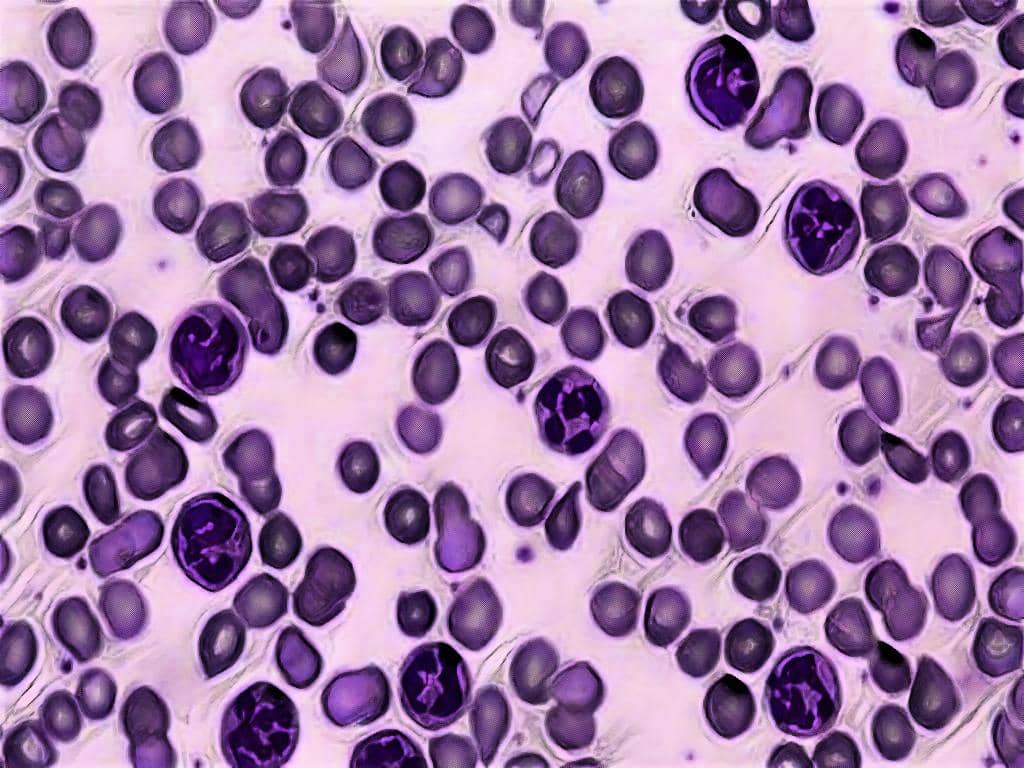Anemia is defined as deficiency in red blood cells. Red blood cells function to deliver an adequate amount of oxygen to the cells and tissues to carry out respiration. There are basically three types of anemia defined based on its concentration and its size, which are microcytic anemia, normochromic normocytic anemia and megaloblastic anemia.
Megaloblastic anemia is defined by having abnormally large red blood cells in the body. The enlarged red blood cells are produced in the bone marrow and sometimes they are too big to even leave the bone marrow and be transported to the bloodstream. It is sometimes also called as macrocytic anemia or folate deficiency anemia.
Due to the deficiency in red blood cells in the bloodstream, there are several common symptoms that you may experience when you have this type of anemia. Some examples of signs and symptoms are having shortness of breath, palpitations, giddiness and pallor looking.
Diagnosing megaloblastic anemia can be challenging as it requires proper technique of peripheral blood smear to observe large abnormal red blood cells. Red blood cells indices will also show abnormal results equivalent to megaloblastic properties. Continue reading the article to know more about the causes of megaloblastic anemia.
What are the causes of megaloblastic anemia?
Here are some of the common causes for megaloblastic anemia.
- Folate deficiency
In the process of producing and developing healthy red blood cells, folate plays an important role. Thus it is extremely crucial to include an adequate amount of folate into your daily diet. You can easily get enough folate from food like beef liver, brussels sprouts, and spinach. The term folic acid is often confused with folate. Technically, folic acid is an artificial form of folate which is found in supplements that you take to increase your body folate level.
Other than inadequate folate in the diet, you can also get folate deficiency from chronic alcohol abuse. This is because alcohol interferes with the body’s ability to absorb folate. Apart from that, pregnant women are also prone to get folate deficiency as a major portion of folate is used in the development of the fetus and placenta. Thus, folic acid supplementation is vital in most pregnant women. Folate deficiency is also common in patients with celiac disease, crohn’s disease, chronic hemolysis and congenital folate malabsorption.
- Vitamin B12 deficiency
Similar to folate deficiency, vitamin B12 is also very important in the process of production and development of healthy red blood cells. Some people are unable to absorb vitamin B12 due to a deficiency in the production of a stomach protein called the intrinsic factor. This intrinsic factor is produced by parietal cells, which is a type of cell on the stomach wall which also secretes hydrochloric acid for digestion. Intrinsic factor is important for the absorption of vitamin B12 which is then used for the production of red blood cells in the bone marrow. This deficiency condition is often called pernicious anemia and is very common in patients with other autoimmune diseases.
Apart from that, vitamin B12 deficiency is also caused by lack of it in your daily diet. It can be easily consumed from foods such as meat, eggs, fish and milk. Thus, this condition is quite common among vegetarians and vegans. You are advised to consume additional supplements to complement your healthy diet.
In summary, if you are experiencing any anemic symptoms such as reduced effort tolerance, shortness of breath, giddiness and pale looking, meet your doctor to get a thorough evaluation together with appropriate investigations to get yourself diagnosed and treated accordingly. Long standing anemia can be dangerous and progress to many other complications like heart failure.


